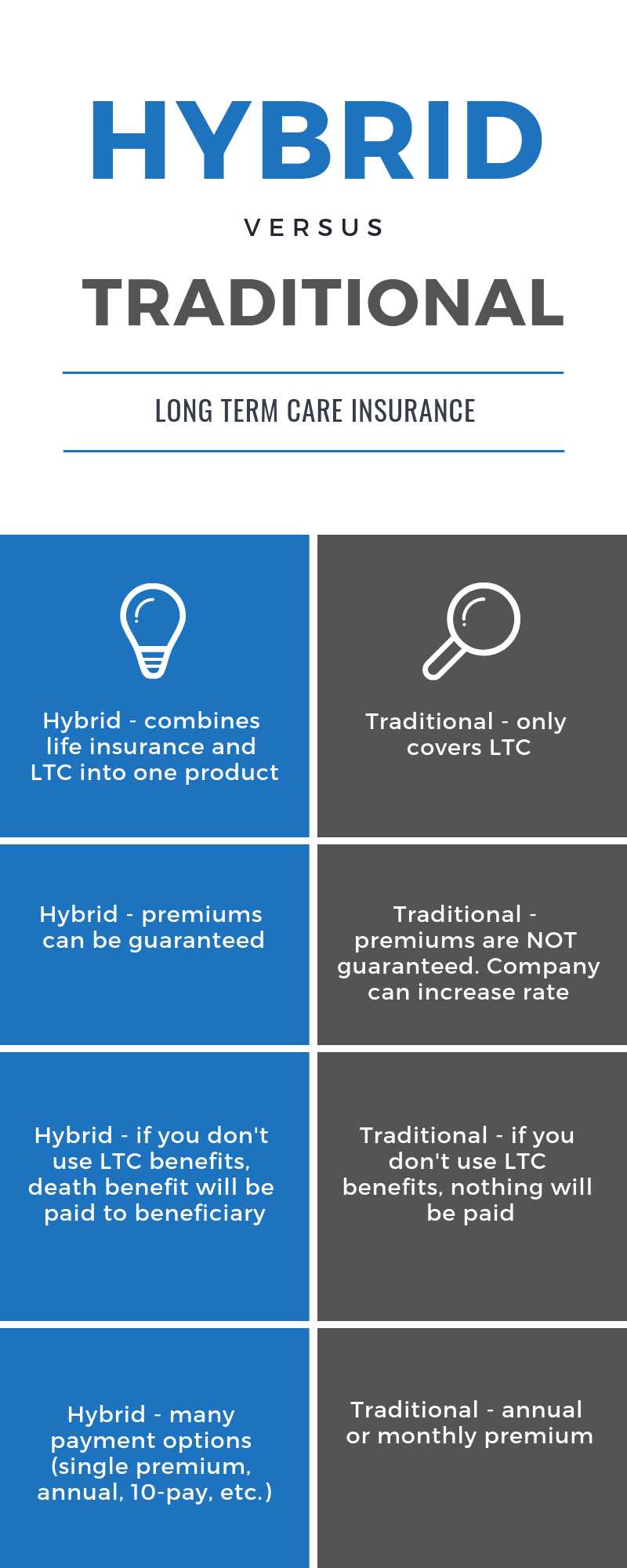Long-Term Care Insurance: What It Is, How Much It Costs, and Other Options
Long-term care insurance is a type of insurance that provides coverage for individuals who require assistance with daily activities and extended care services. It is designed to help cover the costs associated with long-term care, which can include nursing home care, assisted living facilities, and home health care.
What is Long-Term Care?
Long-term care refers to the assistance and support provided to individuals who have difficulty performing everyday activities due to chronic illness, disability, or cognitive impairment. This can include help with bathing, dressing, eating, and medication management.
Long-term care can be provided in various settings, including nursing homes, assisted living facilities, and in the individual’s own home. The type of care needed depends on the individual’s health condition and level of independence.
Why Consider Long-Term Care Insurance?

Long-term care services can be expensive, and most health insurance plans do not cover these costs. Without long-term care insurance, individuals may need to pay for these services out of pocket, which can quickly deplete their savings.
Long-term care insurance provides financial protection and helps individuals plan for the future. It can help cover the costs of care, allowing individuals to maintain their independence and quality of life without worrying about the financial burden.
How Much Does Long-Term Care Insurance Cost?
The cost of long-term care insurance varies depending on several factors, including the individual’s age, health condition, and the amount of coverage desired. Generally, the younger and healthier an individual is when they purchase the insurance, the lower the premiums will be.
It is important to compare different insurance providers and policies to find the best coverage at an affordable price. Some policies offer inflation protection, which can help ensure that the coverage keeps pace with the rising costs of long-term care services.
Other Options for Long-Term Care
While long-term care insurance is one option for covering the costs of long-term care, there are other alternatives to consider:
- Self-funding: Individuals can choose to save and invest their money to cover future long-term care expenses.
- Medicaid: Medicaid is a government program that provides coverage for long-term care services for individuals with limited income and assets.
- Hybrid policies: Some insurance companies offer hybrid policies that combine long-term care insurance with life insurance or annuities.
- Long-term care savings accounts: These accounts allow individuals to set aside money specifically for long-term care expenses, with potential tax advantages.
It is important to carefully consider all options and consult with a financial advisor or insurance professional to determine the best approach for long-term care planning.
Definition of Long-Term Care Insurance
Long-term care insurance is a type of insurance coverage that helps individuals cover the costs associated with long-term care services. Long-term care services include assistance with activities of daily living (ADLs) such as bathing, dressing, eating, and using the bathroom, as well as instrumental activities of daily living (IADLs) such as managing finances, meal preparation, and medication management.
This type of insurance is designed to provide financial protection for individuals who may require long-term care services in the future. It helps to cover the expenses that are not typically covered by health insurance or Medicare. Long-term care insurance policies vary in terms of coverage, benefits, and cost, so it is important to carefully review the policy details before purchasing.
Long-term care insurance can be purchased as an individual policy or as part of a group plan through an employer or association. The cost of long-term care insurance depends on various factors, including the individual’s age, health status, desired coverage, and the insurance company offering the policy.
Other options for long-term care include self-funding, relying on family members for care, or utilizing government assistance programs such as Medicaid. Each option has its own advantages and disadvantages, so it is important to explore all available options and determine the best fit for individual circumstances.
Costs of Long-Term Care Insurance

Long-term care insurance is an important financial tool that helps individuals cover the costs of long-term care services, such as nursing home care, assisted living facilities, and in-home care. However, it’s essential to understand the costs associated with this type of insurance.
The cost of long-term care insurance can vary depending on several factors, including the individual’s age, health, and the level of coverage they choose. Generally, the younger and healthier an individual is when they purchase the policy, the lower the premiums will be. On the other hand, if someone waits until they are older or have health issues, the premiums may be significantly higher.
When considering the costs of long-term care insurance, it’s crucial to weigh them against the potential benefits. Without insurance, individuals may be responsible for paying for long-term care services out of pocket, which can quickly deplete their savings and assets. Long-term care insurance provides financial protection and peace of mind, allowing individuals to receive the care they need without worrying about the high costs.
In addition to the premiums, long-term care insurance policies may have deductibles, co-pays, and benefit limits. It’s essential to carefully review the policy terms and conditions to understand these additional costs. Some policies may also have waiting periods before benefits kick in, so it’s crucial to plan ahead and consider any potential gaps in coverage.
Other Options for Long-Term Care
While long-term care insurance is one option for covering the costs of long-term care, there are other alternatives that individuals can consider. These alternatives may be more suitable for those who are unable to obtain or afford long-term care insurance.
Medicaid: Medicaid is a government program that provides health coverage to low-income individuals and families. It also covers long-term care services for eligible individuals. To qualify for Medicaid, individuals must meet certain income and asset requirements. Medicaid can be a good option for those who cannot afford long-term care insurance.
Self-funding: Another option for covering long-term care costs is to self-fund. This means setting aside personal savings or assets to pay for long-term care expenses. While this option may require careful financial planning, it can provide individuals with more flexibility and control over their long-term care choices.
Hybrid policies: Hybrid policies combine long-term care insurance with another type of insurance, such as life insurance or an annuity. These policies offer a death benefit or an income stream if long-term care services are not needed. Hybrid policies can be a good option for individuals who want to protect their assets and have a backup plan in case they do not require long-term care.
Family support: In some cases, family members may be able to provide the necessary care for their loved ones. This can be a cost-effective option, but it may also place a burden on family members and impact their own financial and personal well-being. It is important for individuals to have open and honest discussions with their families about long-term care needs and potential caregiving responsibilities.
Long-term care annuities: Long-term care annuities are financial products that provide a stream of income to cover long-term care expenses. These annuities can be purchased with a lump sum or through regular premium payments. They can provide individuals with a predictable income stream to pay for long-term care services.
Long-term care savings accounts: Some financial institutions offer long-term care savings accounts, which allow individuals to set aside money specifically for long-term care expenses. These accounts may offer tax advantages and can be used to pay for a range of long-term care services.
When considering these alternative options, it is important to carefully evaluate individual needs, financial resources, and eligibility requirements. Consulting with a financial advisor or insurance professional can help individuals make informed decisions about the best options for their long-term care needs.

Emily Bibb simplifies finance through bestselling books and articles, bridging complex concepts for everyday understanding. Engaging audiences via social media, she shares insights for financial success. Active in seminars and philanthropy, Bibb aims to create a more financially informed society, driven by her passion for empowering others.
